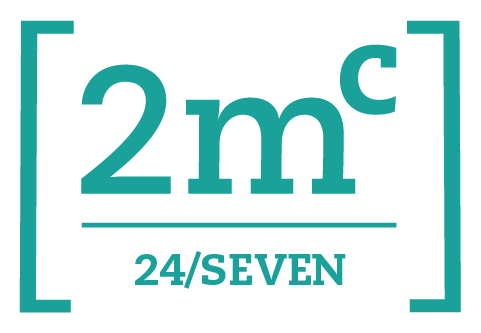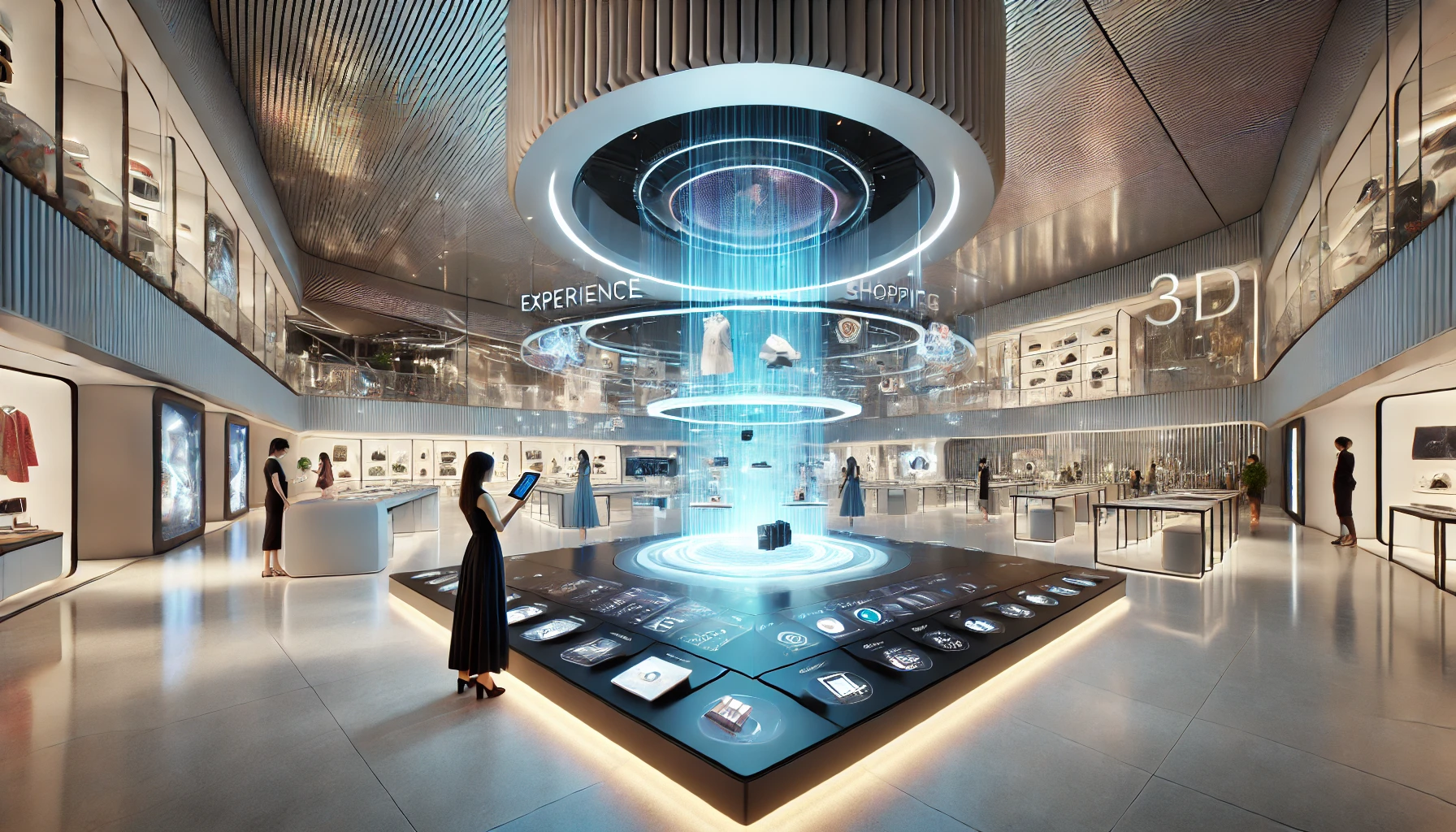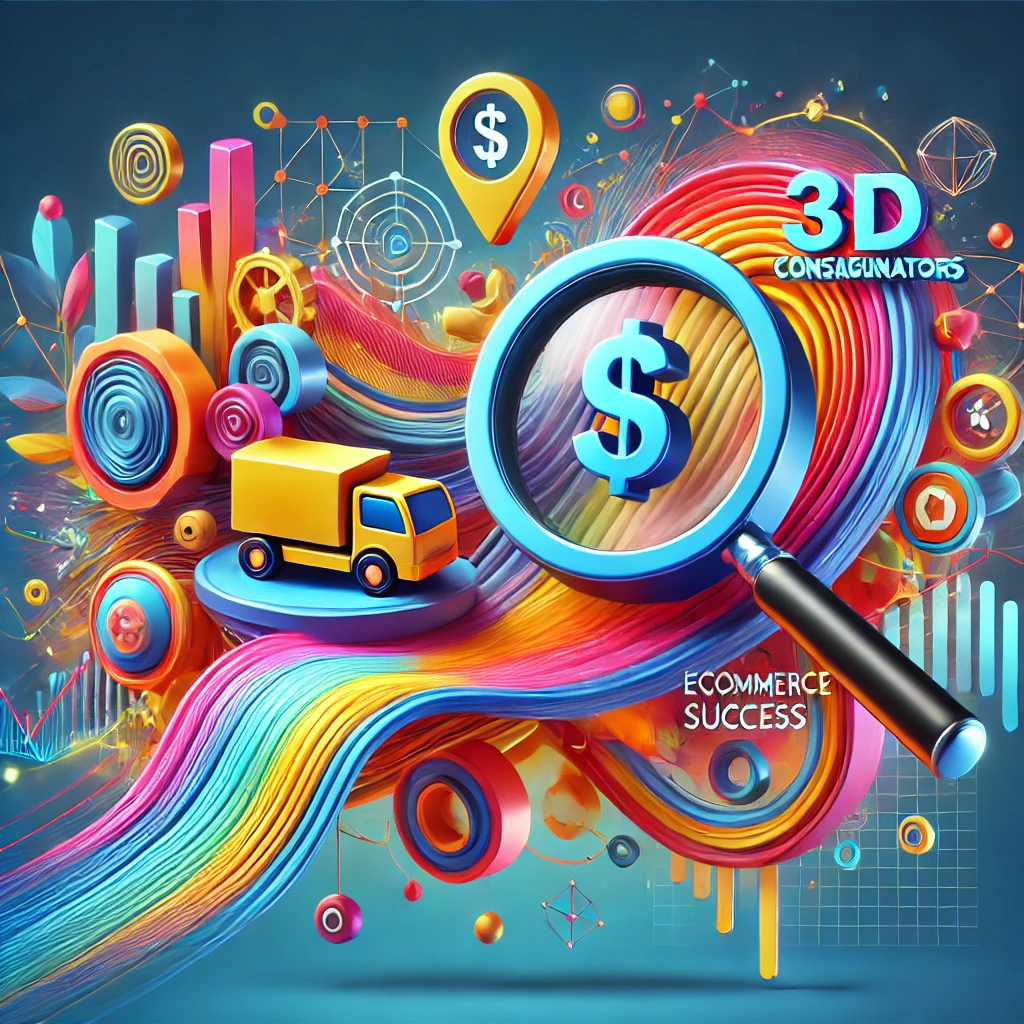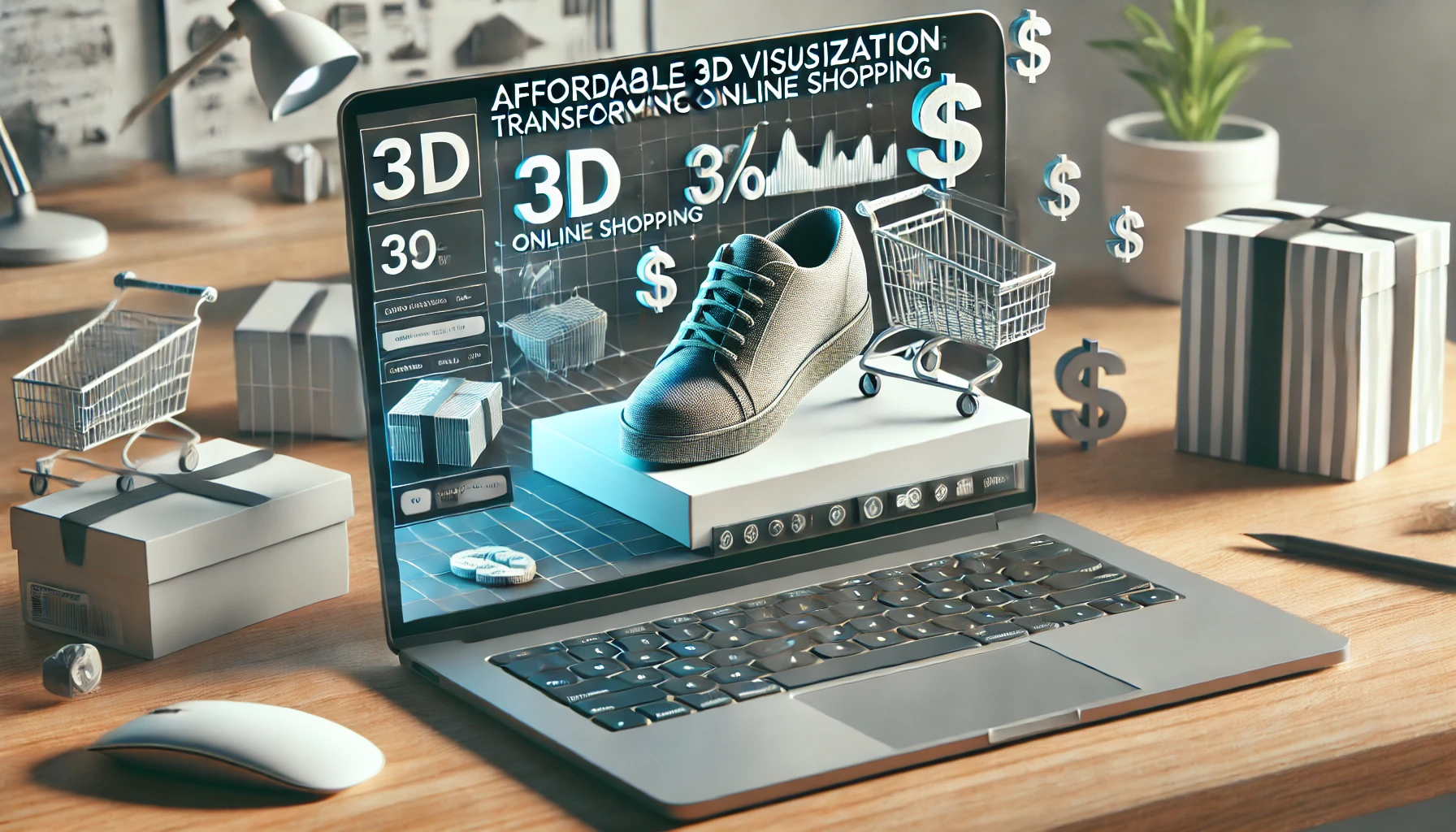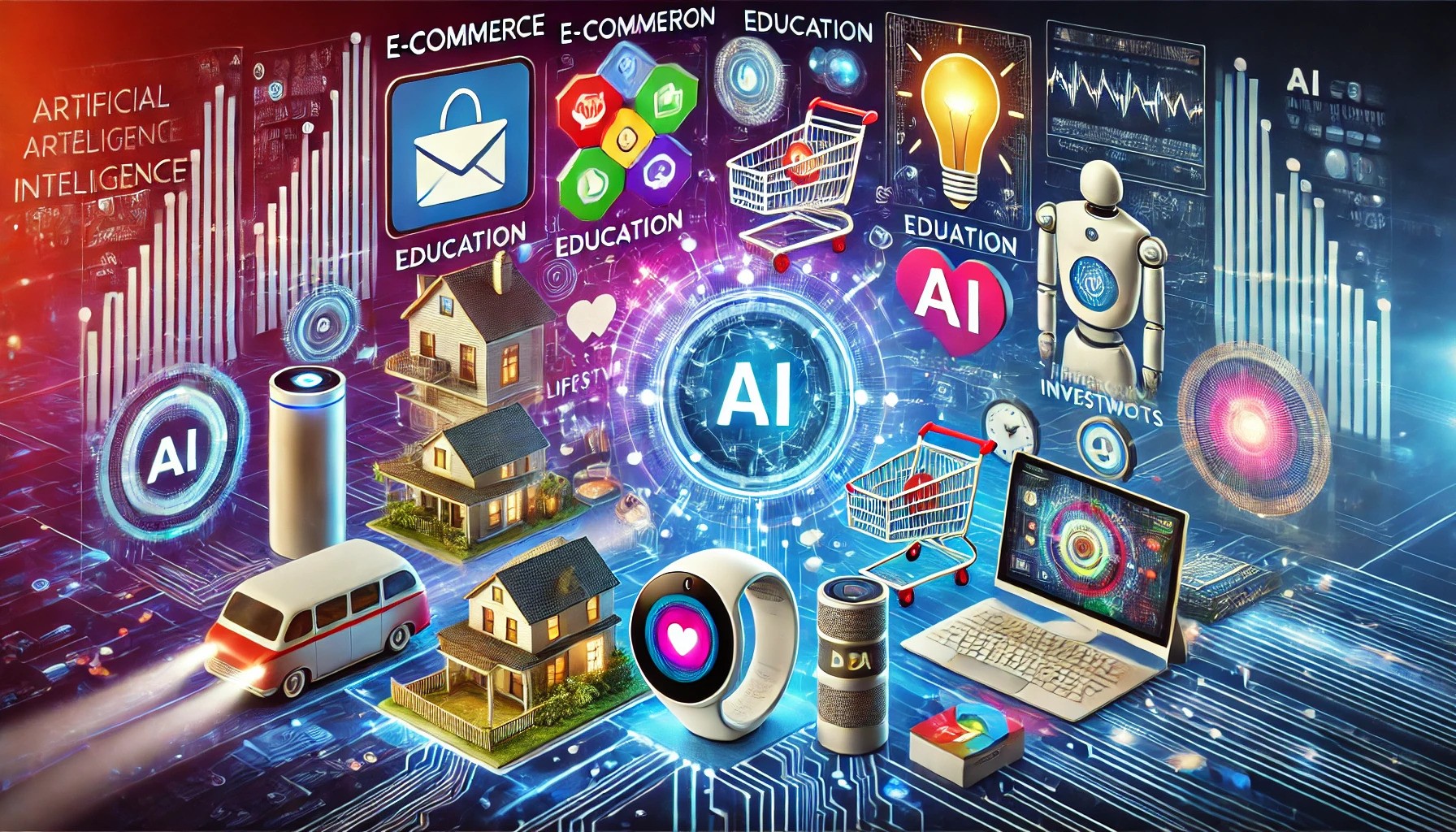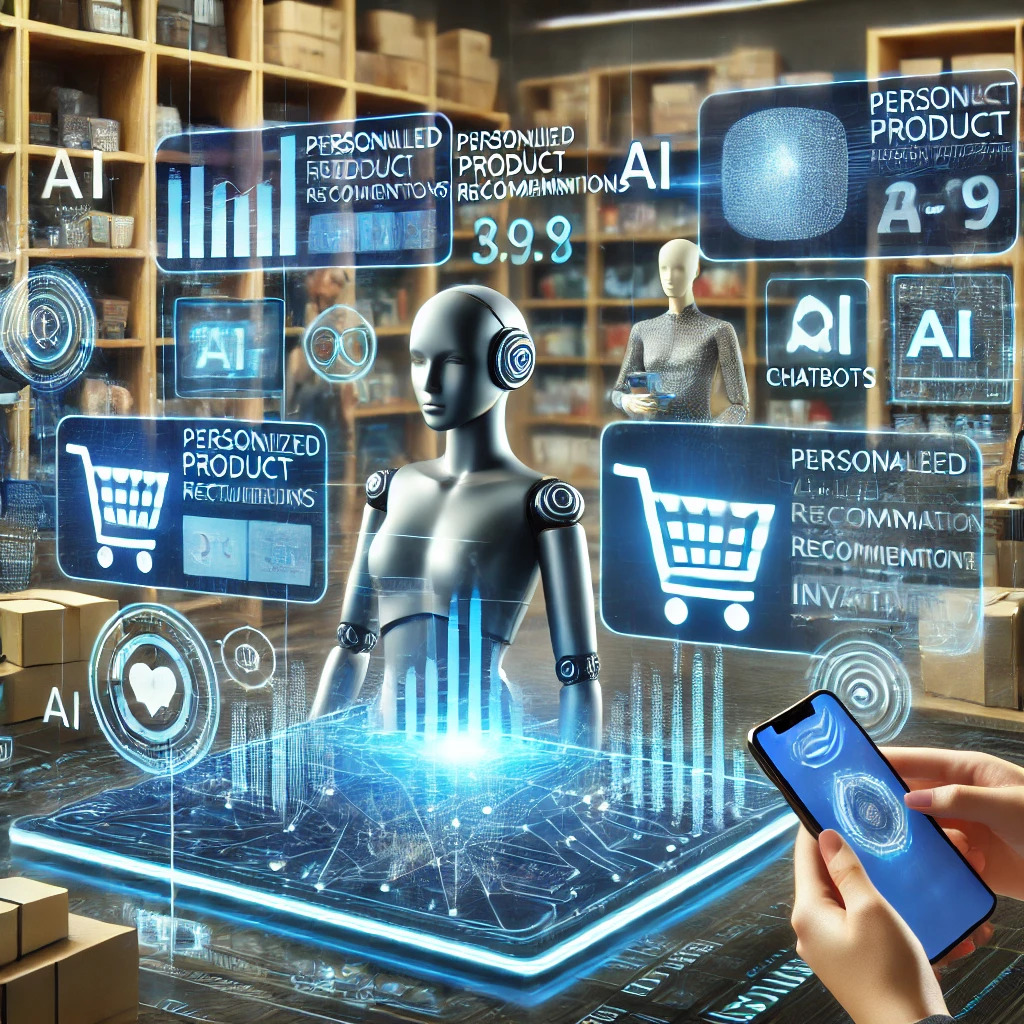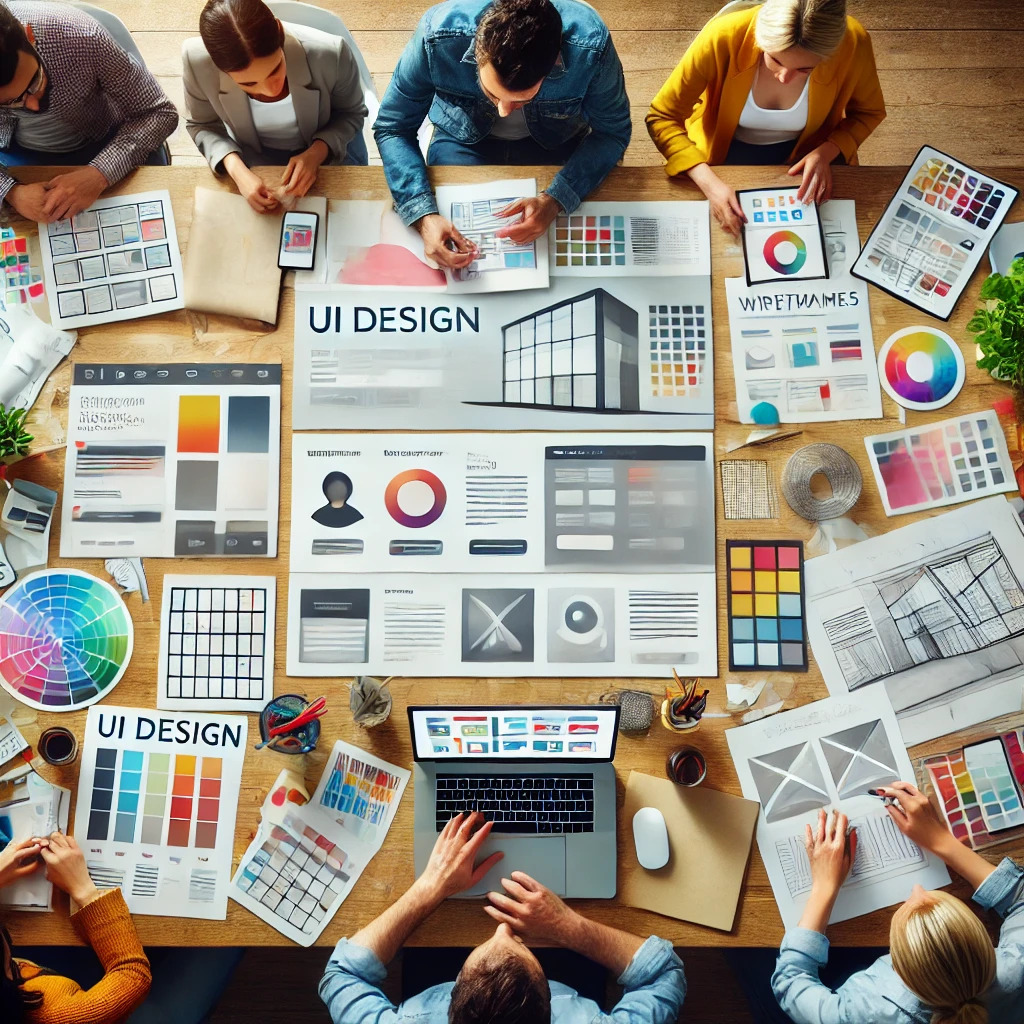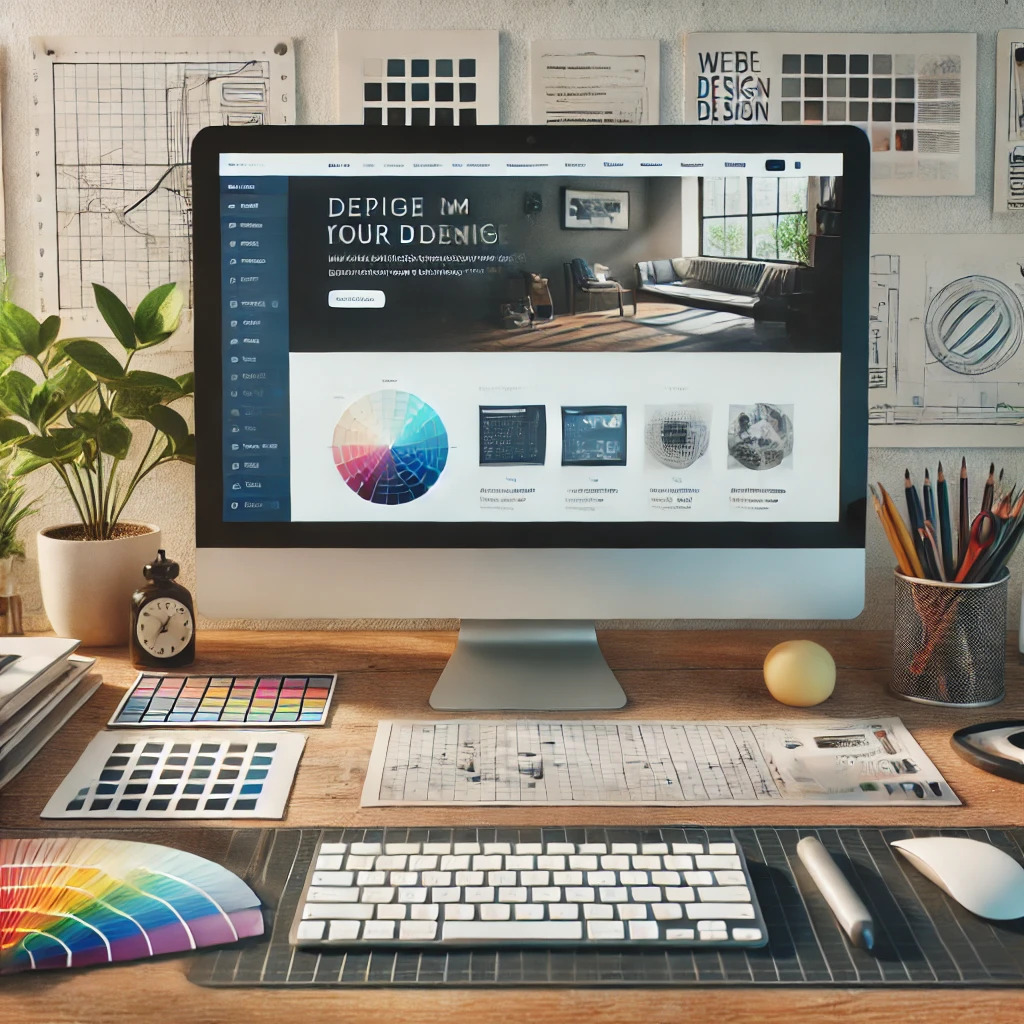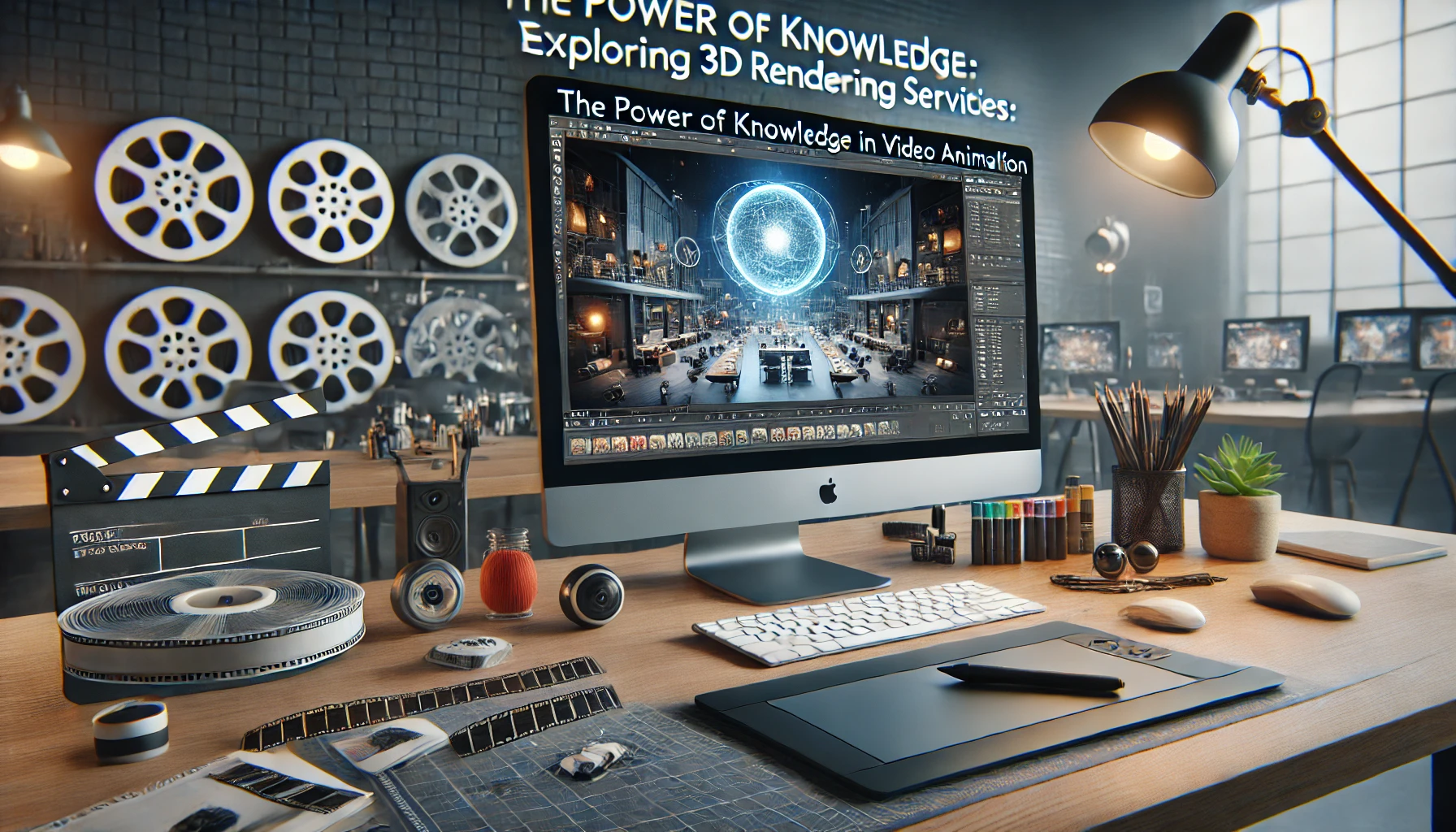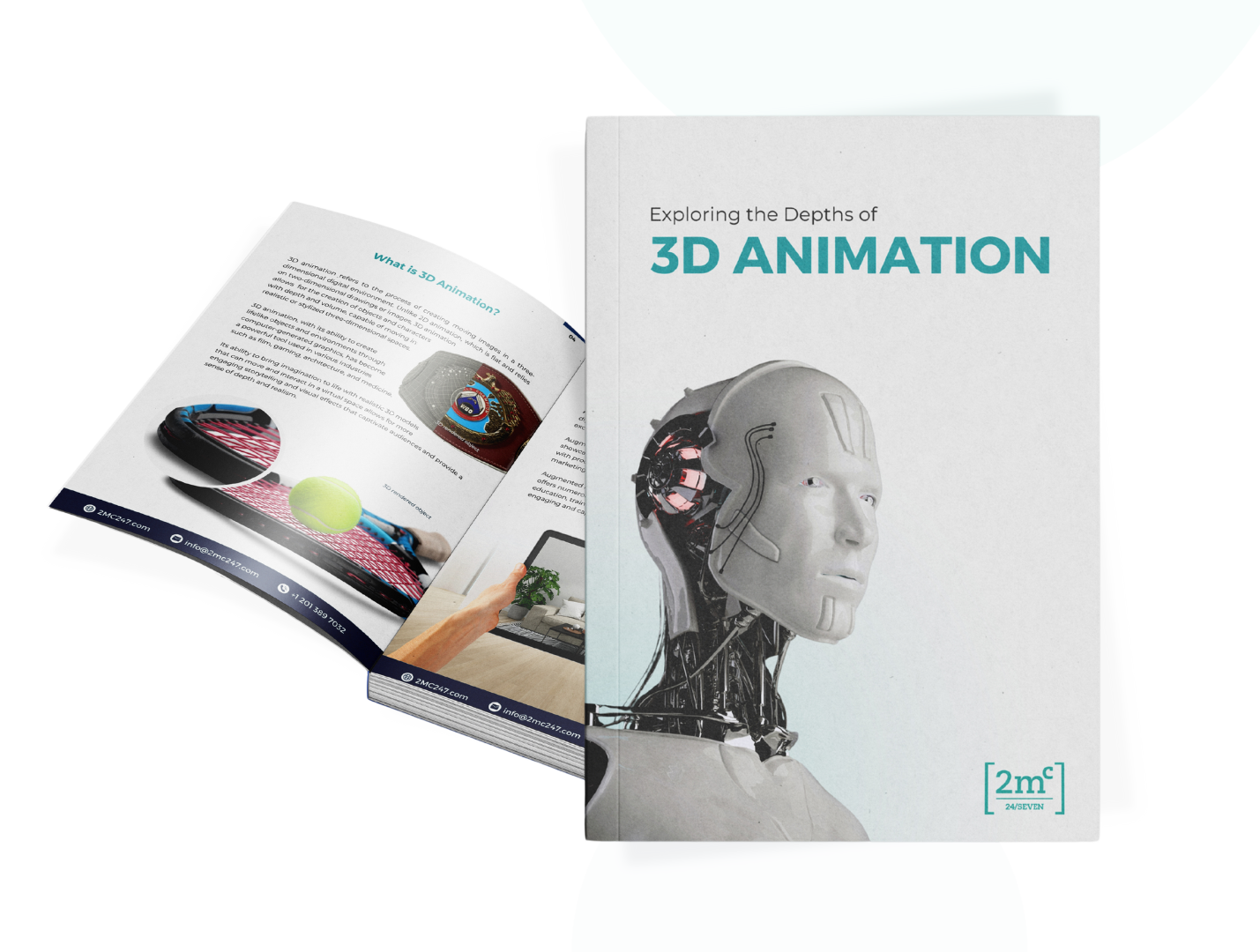Innovate your approach at the next trade show with an augmented reality (AR) trade show experience. Differentiate your booth and cut costs with reusable and user-friendly technology. Trade shows offer a prime opportunity to showcase your products using state-of-the-art AR applications, drawing in more visitors with captivating and unforgettable experiences.
Collaborating with a 3D Studio Max developer can open up new avenues for business that traditional trade show materials simply cannot. Leave a lasting impression with a strategy that keeps your customers talking long after the event.
Showcase All Your Products with Augmented Reality
Have you ever brought a selection of your products to a trade show, only to have attendees ask about items you didn’t bring? Traditional booths lack the space to display your entire product range effectively.
With AR, demonstrations become more compelling. Watch as your potential customers’ faces light up when they see products come to life in the real world. Maximize your booth’s limited space by showcasing every product without needing to make difficult choices about which to bring.
Cut Down on High Trade Show Costs with AR Development
Shipping heavy equipment and materials to trade shows can be prohibitively expensive. Once at the show, exhibitors often face steep labor and rental fees. With AR, you can present your entire product line in 3D, substantially lowering shipping, labor, and rental costs.
Developing AR solutions is often more cost-effective than transporting physical products. Many 3D files already exist and can be quickly transformed into immersive AR environments by 3D Studio Max developers. Once created, these AR applications can be reused in future shows, providing ongoing savings.
Bring Print Materials to Life with AR Trade Show Experiences
Transform your traditional business cards and marketing materials into dynamic, interactive tools with AR. Augmented reality uses object tracking or QR codes to animate the page, making brochures more engaging and feature-rich.
Potential customers can use an iPad or tablet to view products in the real world. AR can be implemented in three main ways: pre-loaded apps tested before the event, public apps available for download during and after the event, or WebAR accessible without download (though with fewer features). This allows products to be viewed from various angles, with highlights and demos of key features.
Flat images can be converted into 3D models, animations, or life-sized representations. Interactive features can include text bubbles, videos, and even games, providing booth personnel with valuable insights to assist in selling the product.
Versatile Demos and Rich Displays with AR
Certain products can’t be easily demoed at trade shows due to size, safety, or logistical constraints. AR solves these problems by allowing you to showcase products in a real-time, immersive environment, even if physical space is limited.
AR trade show experiences are often more effective than brochures and video clips, offering a deeper level of engagement by allowing users to interact with products in a physical space.
Merge Reality with Virtual Through AR Portal Experiences
AR Portal experiences seamlessly combine the physical and virtual worlds, offering high-fidelity visualizations that bring products to life in real-world settings. Real locations can be integrated using photogrammetry for accurate views, or modeled in 3D software for stunning visual transitions from real to virtual.
Engaging and Immersive AR Trade Show Experiences
First-time AR demo users are highly engaged, as they don’t feel like they are being sold to. Users can explore different features, customize materials and colors, and view products from multiple angles.
This immersive experience helps potential customers envision owning the product, creating a deeper connection. Seeing a product in a home environment or experiencing its features firsthand is often the only way to fully appreciate its value in a trade show setting.
Boost Leads and Sales with AR, Even After the Show
An AR experience not only attracts attention at trade shows but also engages visitors in ways that set your brand apart. It creates buzz and conversation around your company’s innovations.
Users can download your AR application to further explore the product at home or at work, often showing it to colleagues and creating additional advocates for your product.
Why Choose 2MC 24/7 for AR Trade Show Development
For impactful AR trade show experiences, 2MC 24/7 is the ideal partner. Our team of experts uses advanced AR technology to create immersive, engaging experiences that captivate potential customers. By working with 2MC 24/7, you’ll benefit from:
- Expertise and Experience: With nearly 15 years in the industry, we have the expertise to develop top-tier AR applications tailored to your specific needs.
- Cost Efficiency: Our AR solutions reduce your trade show expenses by eliminating the need for physical product transport and lowering setup costs.
- Reusability: AR applications developed by us can be reused at future trade shows, providing ongoing value and savings.
- Enhanced Engagement: Our AR experiences are interactive and memorable, ensuring your booth stands out and attracts more visitors.
Ready to elevate your trade show presence with AR? Contact 2MC 24/7 today to explore the benefits of our innovative AR solutions.
Conclusion
Augmented Reality trade show experiences are revolutionizing how companies present their products and interact with potential customers. By leveraging AR, you can showcase your entire product line, reduce costs, and create memorable, interactive experiences that drive leads and sales. Partner with 2MC 24/7 to develop cutting-edge AR applications that will differentiate your brand and ensure a successful trade show presence. Don’t miss out on the benefits of AR—reach out to us today and take your trade show experience to the next level!
